A Comprehensive Guide to Understanding and Combating Termite Infestations in Your Home
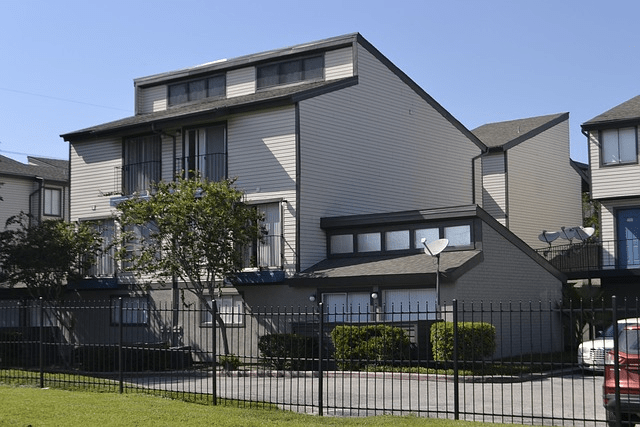
Introduction
When you discover termite larva in your home, it’s a clear sign of an active infestation that requires immediate attention.
A termite infestation can cause extensive damage to wooden structures, compromising the integrity of your home.
With tips from pest control professionals and a deep dive into the behavior of termite larvae and other colony members, this guide offers everything you need to understand and tackle these pests effectively.
Understanding Termite Biology
Before you can effectively deal with a termite problem, understanding the biology and life cycle of these pests is crucial.
Termites are complex creatures with different castes such as worker termites, soldier termites, and reproductive termites, each playing specific roles within the colony.
Termite Colonies: A mature termite colony can consist of millions of individuals, including the termite king and queen, workers, soldiers, and newly hatched termites.
Life Cycle: Termites undergo a gradual metamorphosis, starting from termite eggs, which hatch into nymph termites. These nymphs then molt several times, eventually becoming workers, soldiers, or reproductive termites.:
Worker Termites: These are the main culprits behind the damage as they eat wood and provide nourishment for the entire colony.
Soldier Termites: Primarily responsible for colony defense against predators like ants.
Reproductive Termites: These include the king and queen, responsible for reproducing and increasing the colony’s population.
The life cycle of termites begins with termite eggs, which hatch into newly hatched termites, entering a larval stage before becoming mature termites. This cycle is essential for the growth of termite colonies.
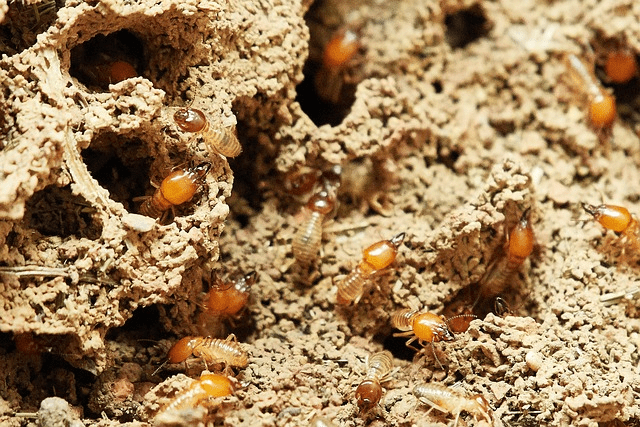
Identifying Termite Larvae
To properly identify termite larvae and differentiate them from other insects like carpenter ants or bed bugs, it’s important to note their physical characteristics:
Appearance: Termite larvae are pale insects, roughly the same size as ant larvae but with softer bodies and straight antennae.
Habitat: You’ll often find termite larvae in damp wood near mud tubes that worker termites build to protect the colony from exposure.
Correctly identifying termite larvae is the first step in addressing any termite problem. These larvae are often confused with ant larvae or other insects, but several key features distinguish them:
Signs of Termite Damage
Recognizing termite damage early can save you significant repair costs and structural headaches. Here are some key indicators of termite activity:
Mud Tubes: These are built by worker termites on exterior walls leading up to the wood they feed on.
Wood Damage: Termites feed on wood from the inside out, so wood that sounds hollow or shows rustling noises when tapped might be infested.
Visible Termite Larvae: Finding termite larvae near damaged wood or window sills is a telltale sign of a severe infestation.
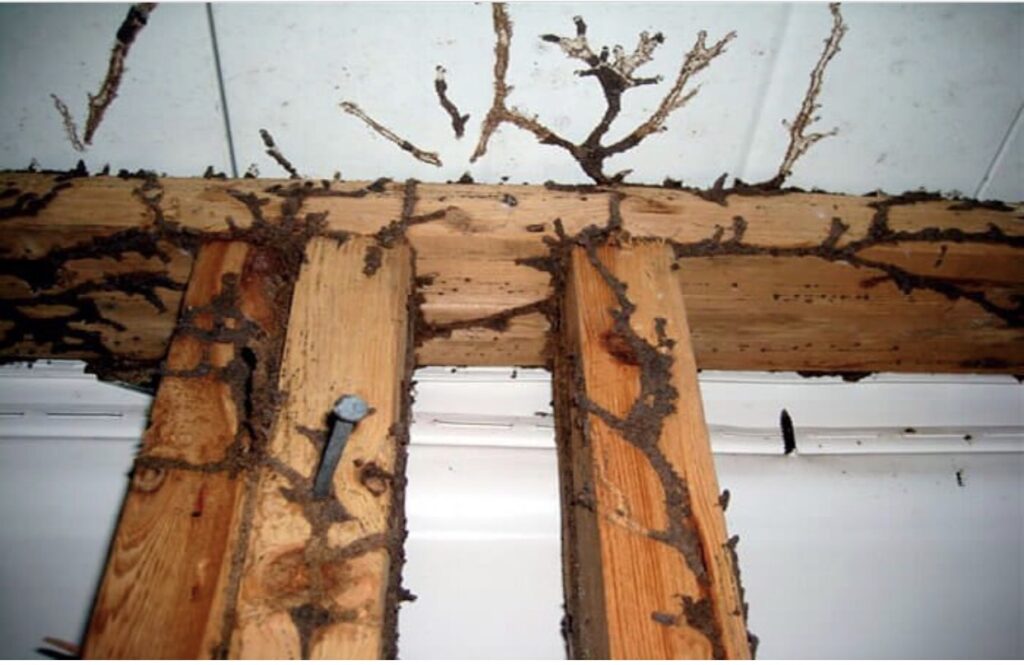
Preventing A Termite Infestation
Preventative measures are essential in managing a termite infestation effectively:
Regular Professional Inspections: Have a pest control specialist inspect your home regularly to catch infestations early.
Reduce Moisture: Subterranean termites, which are the most common type, thrive in moist environments. Fix leaks and ensure proper drainage around your home to deter them.
Secure Wood Sources: Keep firewood, mulch, and other wooden materials away from your home’s foundation to avoid attracting termites.
Effective Termite infestation Strategies
Once an infestation is identified, effective termite infestation measures need to be implemented promptly:
Pest Management: Employing a professional pest control company is often necessary to deal with a mature termite colony. These specialists use various methods such as bait stations and barrier treatments to eradicate termites.
DIY Solutions: While not always recommended, some minor infestations can be managed with over-the-counter termite control products. However, for complete eradication, professional intervention is advised.
Chemical Treatments: These include termiticides applied around the perimeter of your home or directly to infested areas.
Physical Barriers: Installing physical termite barriers can prevent termites from entering the home.
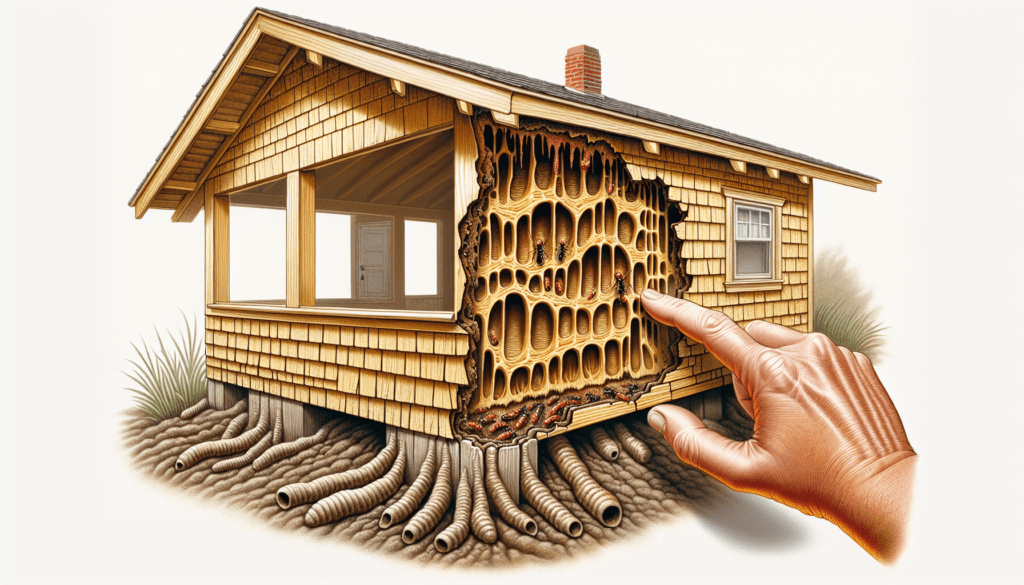
Understanding Termite Damage
Termite damage can be extensive, affecting the integrity of wooden structures in severe cases. It’s crucial to understand the types of damage and the areas most at risk:
Structural Damage: Load-bearing walls and beams can be compromised, posing serious risks.
Cosmetic Damage: Non-structural damage can also be costly and includes ruined paneling, door frames, and furniture.
Professional Termite Management
Dealing with a termite infestation often requires the expertise of a pest control specialist. These professionals use advanced techniques and tools to eradicate termites effectively, see our other post on this.
Pest Assessment: A thorough inspection to determine the extent and type of infestation.
Customized Treatment Plans: Tailored solutions based on the specific needs of your home and the severity of the infestation.
Follow-Up Inspections: Ensuring termites are completely eradicated and preventing future infestations.
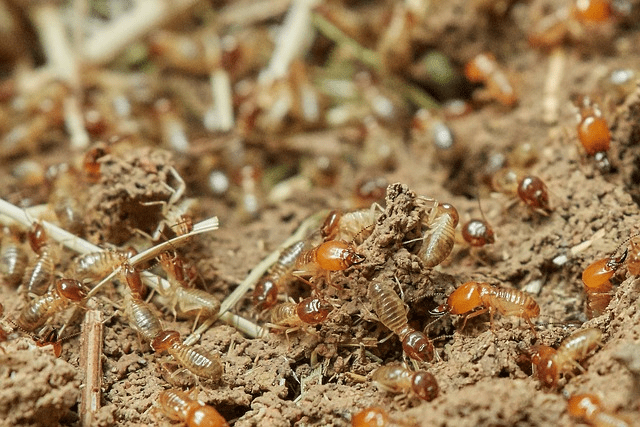
Baby termites, or termite larvae, play a pivotal role in the growth and sustainability of a termite colony.
Here are several insightful points about their developmental stage and behavior:
Developmental Variations: Not all nymph termites will develop into the typical worker, soldier, or reproductive adults. The developmental path each termite takes can vary widely depending on environmental factors and colony needs.
Coloration: The termite larvae color is generally a translucent white or creamy shade, which helps them blend into their surroundings within the nest, offering protection from predators.
Unique Dietary Needs: Only termites possess the necessary gut microbiota to break down cellulose, which is found in wood. This specialized diet is initiated from the larva stage, as baby termites depend on older termites to feed and care for them.
Indicators of Infestation: One of the common signs of termite presence is the hollow or rustling noises they leave behind as they consume wood from the inside, weakening the structural integrity of infested homes.
Exoskeleton Development: As termites mature from larvae to full adults, they develop a harder outer shell during their molting processes. This outer shell helps protect most termites as they perform their roles within the colony.
Evidence of Presence: Termites leave behind distinct traces such as frass (termite droppings), mud tubes, and the aforementioned sounds within structures, signaling an active infestation.
Understanding these characteristics is crucial for homeowners to recognize early signs of termite presence and to initiate appropriate pest control measures.
Adult termites play a crucial role in the structural hierarchy of a termite colony, particularly within the complex structure of termite mounds.
Here are some key points highlighting their importance:
Colony Structure: In a termite colony, only the reproductive termites, which include the kings and queens, have the ability to mate and produce termite eggs. These termites are critical for the expansion and survival of the colony.
Lifecycle Continuation: After termite eggs hatch, the larvae go through several stages of development, eventually becoming one of the various termite colony castes — workers, soldiers, or additional reproductives depending on the colony’s needs.
Mound Architecture: The intricate termite mounds are primarily constructed and maintained by the worker termite, under the indirect control of the adult termites. These mounds can reach impressive sizes and serve as protection for the colony against predators and environmental stresses.
Specialist Intervention: Due to the complexity of termite social structure and the robust defense mechanisms within termite mounds, effectively managing a termite infestation often requires the expertise of a pest control specialist. These professionals are equipped with the knowledge and tools to navigate and disrupt the sophisticated living arrangements of termite colonies.
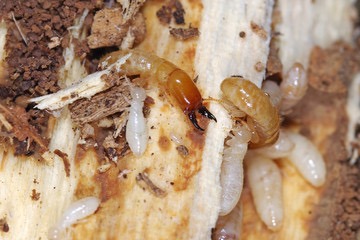
FAQ Section
Q: How do I know if my home is at risk for termites? A: Look for signs like mud tubes, wood damage, and the presence of termite pseudergates (worker termites). Homes with a lot of wooden structures or those in humid climates are at higher risk.
Q: Can termite larvae eat wood? A: Not directly. Only the worker termites feed on wood and provide nourishment to non-feeding castes like termite larvae and soldier termites.
Q: How do I differentiate between termite larvae and maggot infestations? A: Termite larvae are typically found in wood, not decomposing matter like maggots. They have a distinct head and lack the tiny spines seen on maggots.
Q: What should I do if I find termite larvae in my home? A: Contact a pest control company immediately to assess and address the infestation before more damage occurs.
Conclusion
Dealing with termite larvae and termite infestations can be daunting, but with the right knowledge and tools, you can protect your home from these destructive pests.
Regular inspections, early detection, and prompt treatment are key to managing termite issues, you will need a inspection.
Remember, the support of a qualified pest control professional can make all the difference in ensuring your home remains safe and sound from the threats posed by termites.
Don’t let termites turn your valuable investment into their next meal—take action today!

